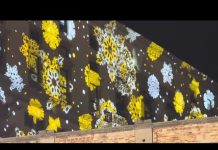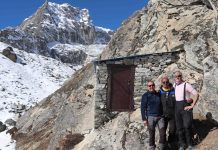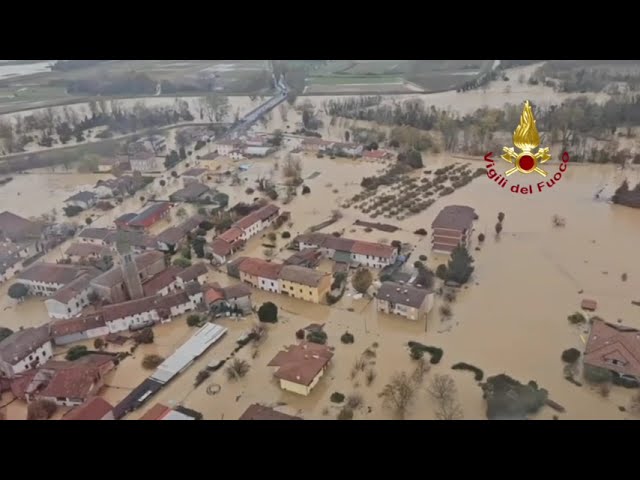by InTrieste
Regional civil protection officials and the mayor of Cormons on Friday announced a series of new safety measures after updated geological analyses revealed ongoing instability in the area affected by a recent landslide.
According to Riccardo Riccardi, Friuli Venezia Giulia’s regional councillor for Civil Protection, a significant quantity of unstable material remains at risk of shifting. “A considerable portion of the unstable mass could, under certain conditions, move beyond its natural path and reach nearby homes,” he said. Twenty-four residents live within the potential impact zone and will need to be relocated for an estimated three months while stabilization works are carried out. A so-called “red zone,” affecting an additional nine people, is expected to require a longer timeline before permanent interventions can be completed.
Riccardi, speaking alongside Mayor Roberto Felcaro, said that technical assessments indicate a potential risk involving roughly 13,000 cubic meters of material that could mobilize and impact the area below.
Officials outlined three distinct risk zones: one that will remain off-limits for an extended period; a second where access will be restricted for a shorter time; and a third area where conditions allow for a gradual return to normalcy. About 50 residents in this latter zone have been cleared to return to their homes. The decision, Riccardi noted, reflects several variables that remain difficult to assess precisely, keeping the situation in flux.
For those required to leave their homes temporarily, the Civil Protection agency will provide assistance, including financial support and hotel accommodations covered by regional authorities.
Riccardi emphasized that ensuring residents’ safety remains the top priority. Recent modeling, he said, shows that the landslide responsible for earlier damage has not yet stabilized. While further rainfall is expected to be less intense than the storms that struck the area earlier in the week, conditions continue to pose potential risks.






























